‘Its loss became a cautionary tale, and a rallying cry for architectural conservation’: The rise and fall and renewed interest in Ireland’s remarkable country houses
Lesley Bond traces a brief history of Ireland’s country houses and questions whether you can ever separate the house from the history it represents.
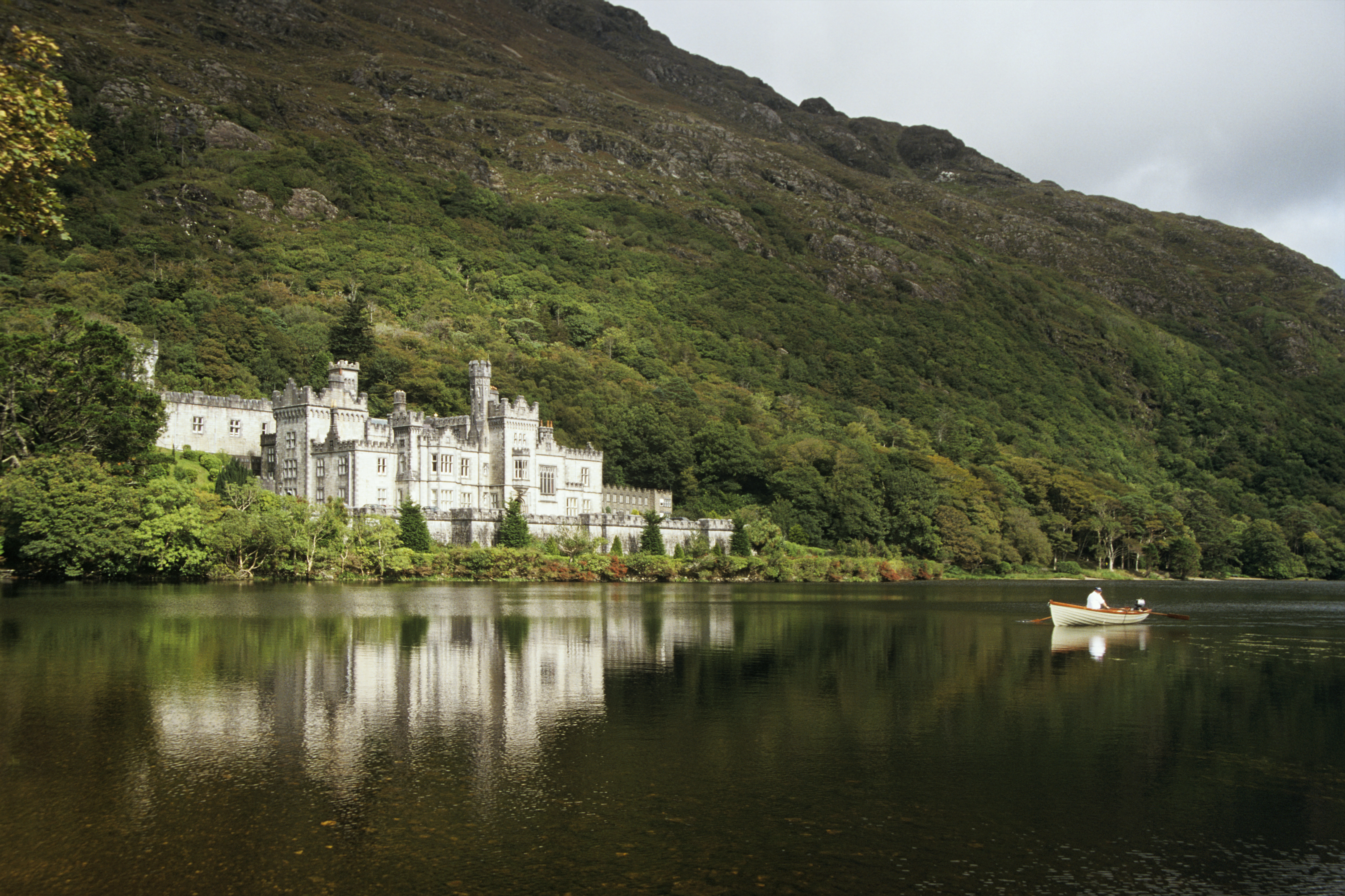

Throughout the Irish landscape, where wooded demesnes meet gravel drives, softened over time by moss and leaf mould, the country house endures. Not, always, as a dwelling, but as an architectural memory. These great houses, once the centre of estate life and domestic ritual, now exist in various stages of repurposing, preservation or genteel decay.
Ireland’s country houses — predominantly 18th and 19th century in origin — display a remarkable range of architectural ambition. From austere Palladian, to busy Victorian Gothic, they reflect not only the wealth, but the tastes and influences of their eras. Sadly, the total number has diminished drastically, and of the thousands that once came to define Ireland’s landed gentry, many were lost to fire, demolition, and dereliction, during the political upheavals and economic shifts of the 20th century.
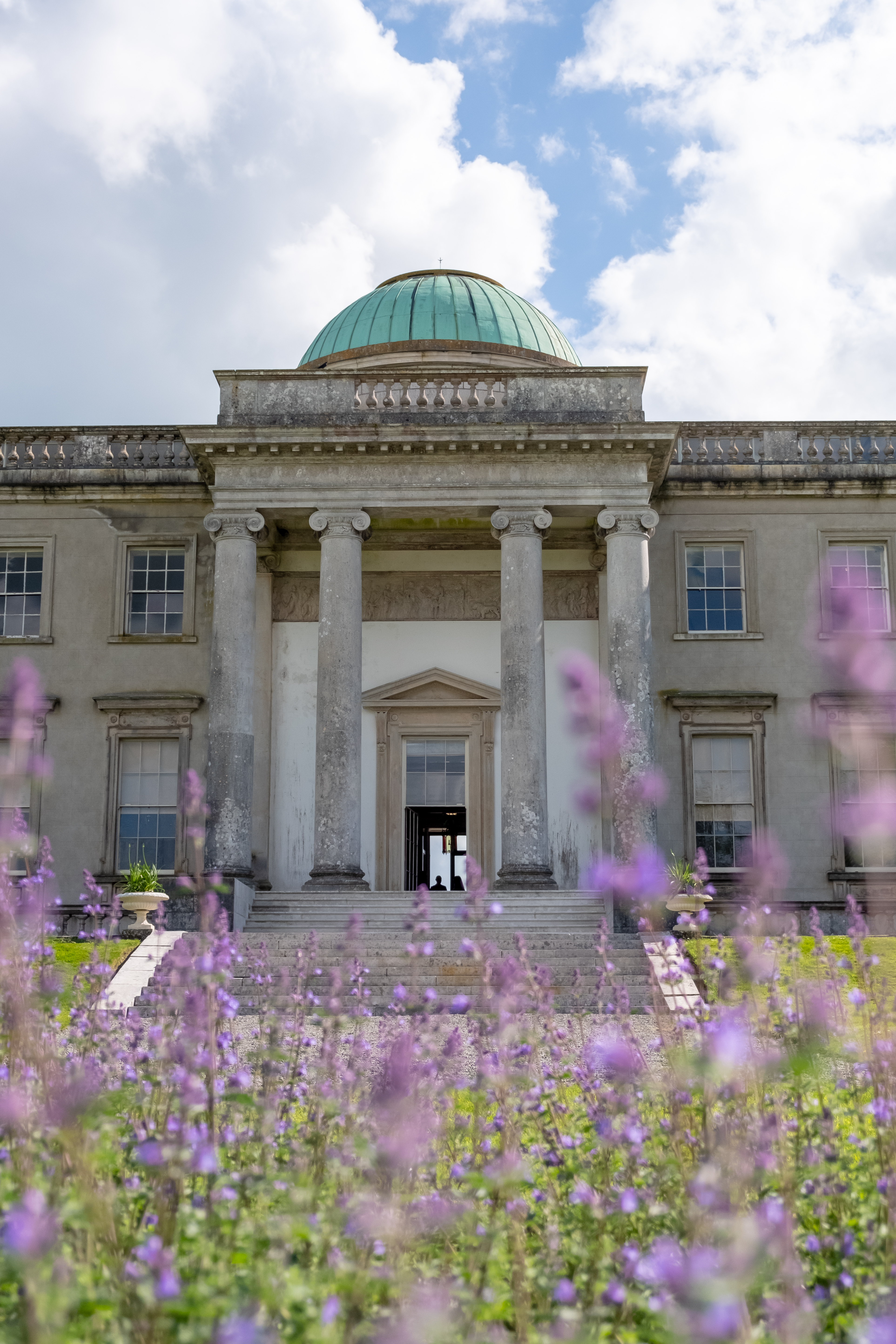
The rear exterior of Emo Court, photographed from the formal gardens.
Among the finest survivors is Emo Court in Co Laois, a neo-Classical mansion designed by James Gandon in the 1790s. Gandon remains best known for Dublin’s Custom House, which he built for the first Earl of Portarlington, but Emo Court remains Gandon’s only piece of domestic work. The central dome, commanding portico studded with Ionic columns and limestone ashlar façades display an architectural clarity that is rarely matched. Later alterations by Sir Richard Morrison and his son subtly refined the interiors but respected Gandon’s original vision.
The gardens, laid out in the classical tradition with axial avenues, formal lawns, and a man-made lake, have softened over time. Mature cedars and beech now frame the view, and rhododendrons bloom freely where parterres once lay. Following a period of Jesuit ownership, the house was purchased and painstakingly restored by Major Cholmeley-Harrison, whose legacy continues under the care of the Office of Public Works (OPW). Emo Court now welcomes visitors; its architectural integrity, largely preserved.
Others were not so fortunate. Shanbally Castle, in Co Tipperary, designed by John Nash and completed in 1819, was once the largest private house in Ireland. Nash’s castellated design, with its turrets, crenelations, and imposing limestone bulk, embodied Romantic idealism. Yet it fell victim to the wrecking ball in 1960, a casualty of land reform and the untenable cost of maintenance. Its loss became a cautionary tale, and a rallying cry for architectural conservation.
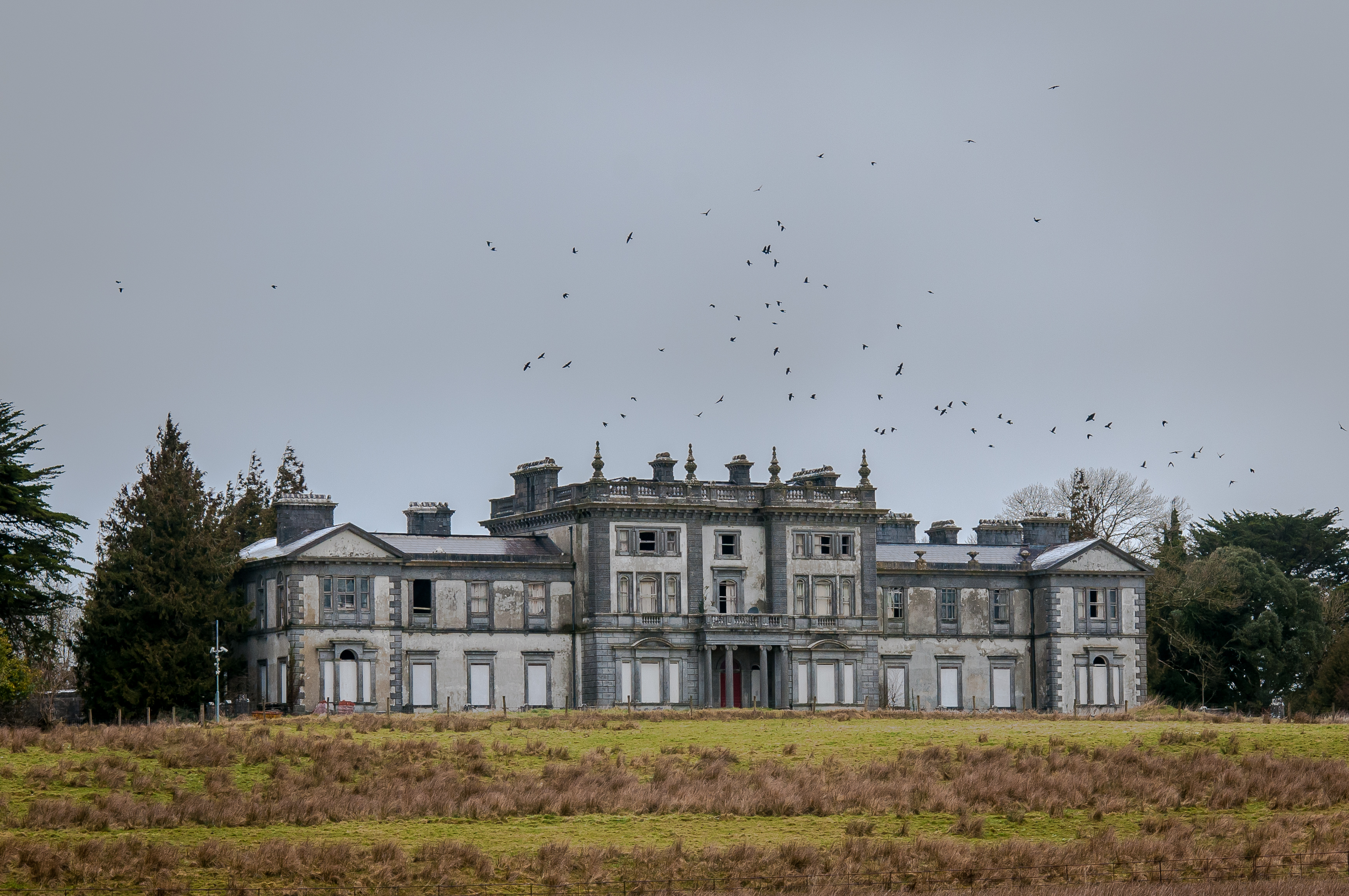
Today, many of the houses still standing face quieter threats. Woodlawn House in Co Galway (above), a grand Italianate residence built by John Skipton Mulvany, lies largely uninhabited. Its elaborate plasterwork and fine joinery suffer from damp and disuse and the once formal gardens are now tangled with briar. Woodstock House (below) in Inistioge, Co Kilkenny, is another poignant example of the problem. Though the shell of the house still commands the hilltop above the River Nore, its state of dereliction contrasts with the surrounding gardens, now partially restored. Laid out in the mid-19th century by Lady Louisa Tighe, the gardens were once among the finest in the country, comprising Italianate terraces, a yew walk, ornamental fountains, and rare specimen trees imported from far corners of the British Empire. Even now, in their pared-back form, they retain their structure and charm: mossy stone balustrades lining steps that lead nowhere; the scent of azalea still rising in early summer.
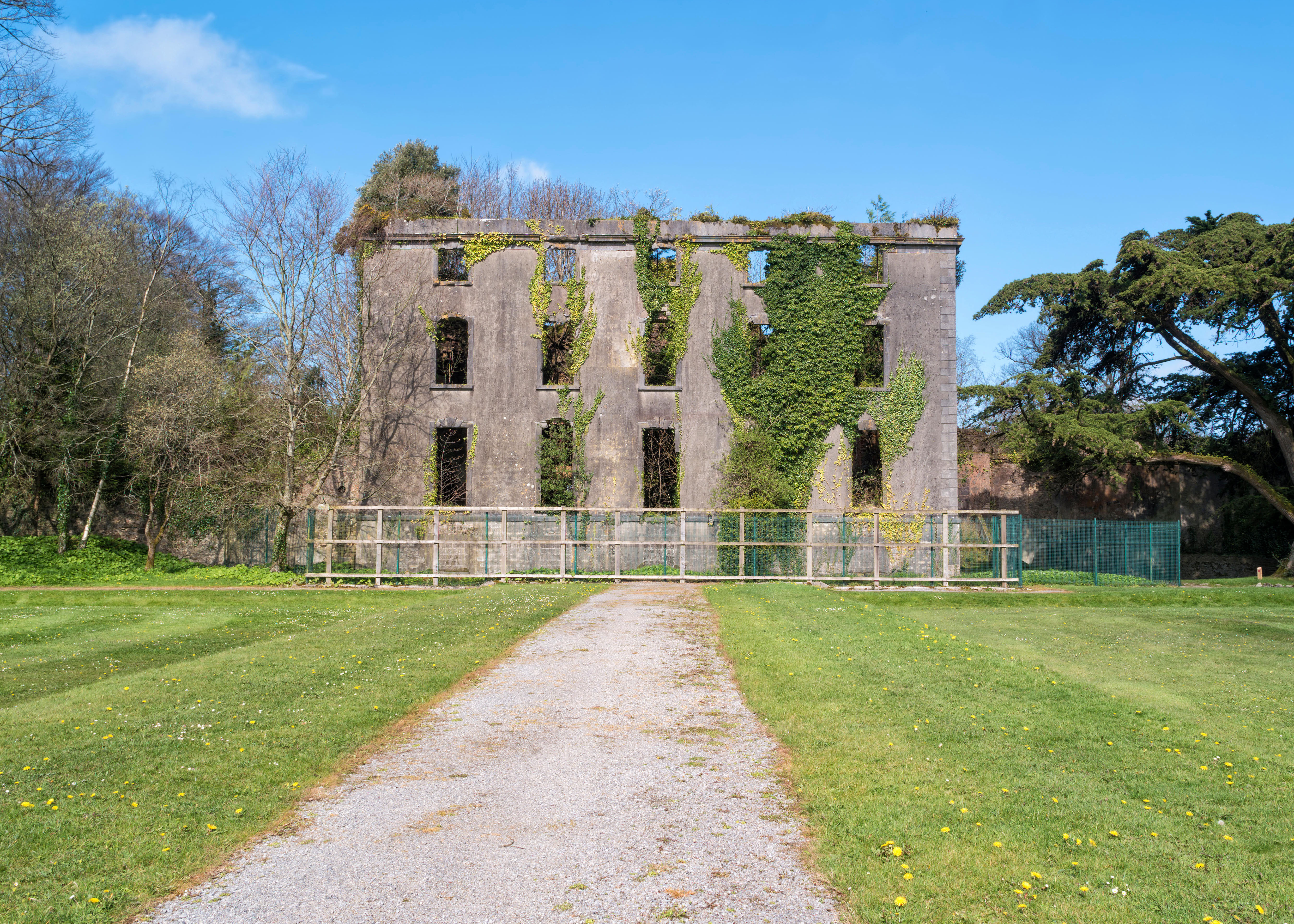
However beautiful, these buildings are freighted with difficult legacies. They are, after all, the domestic architecture of colonial power. These were the homes of a class of people who administered landownership and law on behalf of a foreign empire. The elegance of a stucco ceiling or the fine craftsmanship of a mahogany staircase cannot be disentangled entirely from the realities of dispossession and enclosure. Their very materials — imported stone, exotic hardwood — are records of imperial reach. Their presence on the Irish landscape is, in itself, an architectural imposition.
Exquisite houses, the beauty of Nature, and how to get the most from your life, straight to your inbox.
Therein lies the ambivalence that many Irish people feel towards them. They are preserved, but never quite possessed. Can we separate the house from the history it represents? The art from the artist? Some say yes; that in time, a building becomes its own thing, outliving its owners, transformed through the agency of new hands and new uses. Others argue that their beauty is a kind of mask, softening the hard truths of empire and class.
One notable exception to this story of decline is Kylemore Abbey (main image), built in the 1860s by Mitchell Henry, a wealthy English industrialist, in the heart of Connemara. Today it operates as both a Benedictine monastery and a major tourist destination — its turreted façade still mirrored in the glassy lake and its painstakingly restored Victorian walled gardens — and in 2023 welcomed more than half a million visitors, more than any other historic house in the country.
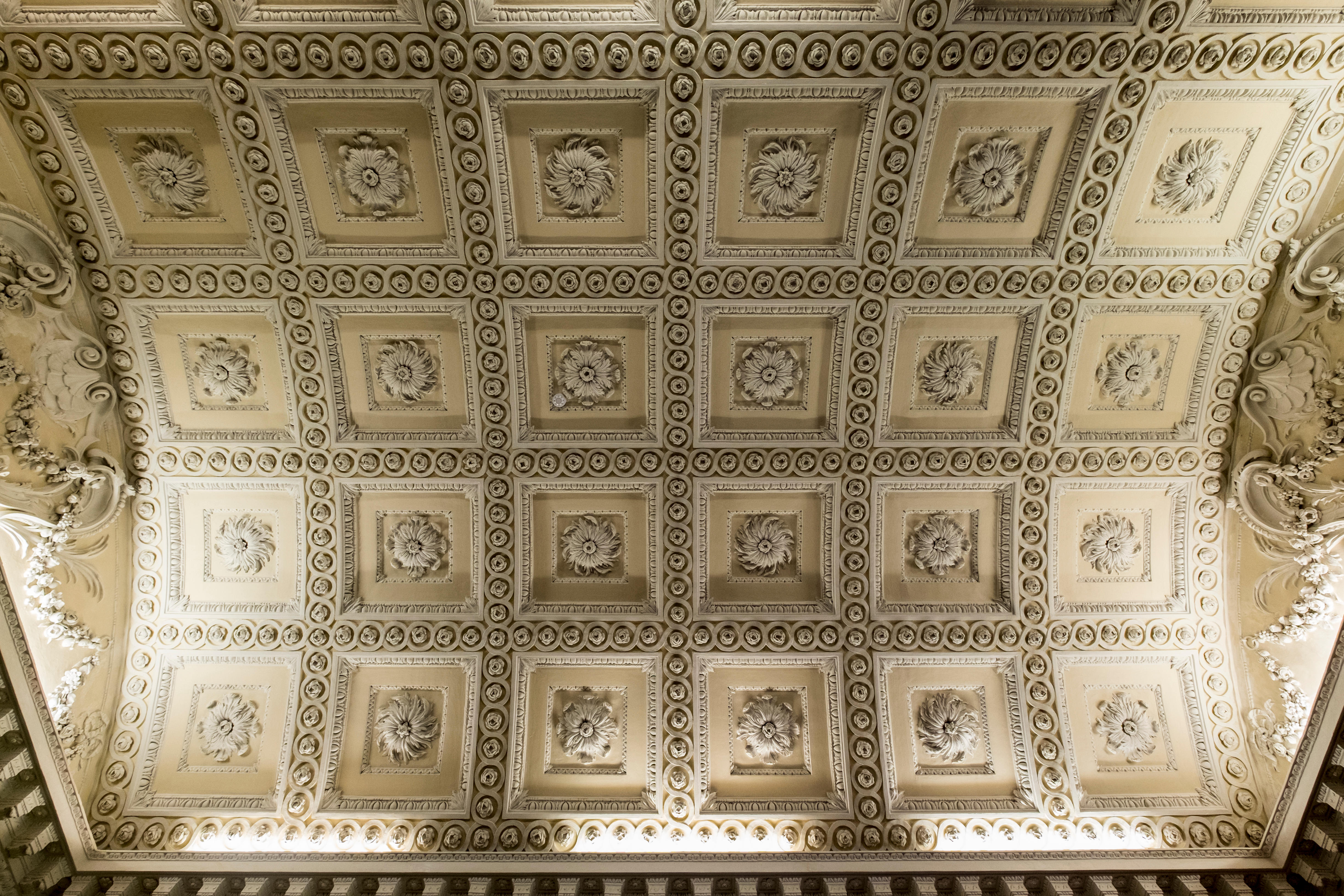
The ceilings of several rooms in Russborough House feature elaborate stucco work attributed to the Swiss-Italian stuccodores, Paolo and Filippo Lafrancini.
Visitor numbers to Ireland’s historic houses, including Bantry House, Russborough, and Castle Ward, continue to grow as domestic and international audiences show renewed interest in cultural heritage and landscape tourism. And sites managed by the OPW, alongside private estates and trust-run properties, form a significant part of Ireland’s tourism narrative.
What is striking about these properties is the scale at which domestic life once unfolded. These were homes, first and foremost — often draughty, certainly cavernous, but filled with human rhythm; the ringing of bells, the warmth of fires lit long before dawn; the hush of corridors in the afternoon. Though we speak of their grandeur, their thousands of acres and dozens of rooms, they were also places of childhoods and marriages, of intimate family histories and quiet griefs. Today, we tend to discuss them in terms of conservation metrics and floorplans.
Even in partial ruin, these properties retain a certain presence. Their siting was never accidental — elevated just so; aligned with water; framed by trees planted for effect and permanence. Their interiors were built to impress: grand halls; sweeping staircases; stuccoed ceilings by Lafranchini pupils; libraries panelled in native oak. They speak of proportion, of craft, and of an era when architecture was a public gesture as much as a private retreat.
Many houses were lost during the revolutionary period of the early 20th century — some were targeted as symbols of privilege, others simply abandoned. Subsequent decades brought high taxation, declining agricultural revenues, and the fragmentation of estates. Those that endured often did so by adapting — into schools, nursing homes, religious orders and heritage venues. This new era of renewed interest means that conservationists, private owners and state agencies are increasingly aligned in recognising the architectural and historic significance of these houses, even if restoration remains complex and costly.
The great Irish house is no longer a symbol of privilege. It is a repository of art, landscape, and identity. Its survival speaks to a broader cultural reckoning: with history, with land, and with the fragile inheritance of beauty itself.
Lesley Bond has a professional background in cultural heritage, with a particular interest in a sense of place. Her studies into Irish islands led her to the uninhabited Great Blasket on Ireland's Wild Atlantic Way, where she lived for six months in 2019, swapping WiFi for wellies and writing by candlelight. She now lives in Kildare with her husband and young son, and continues to explore themes of landscape, heritage and island life.
-
 There are a billion microbes in a teaspoon of soil. Letting the leaves to Nature feeds and nourishes them... and blasting them with a leaf blower is disastrous
There are a billion microbes in a teaspoon of soil. Letting the leaves to Nature feeds and nourishes them... and blasting them with a leaf blower is disastrousLeaf blowers aren't just futile and polluting — they're actively bad for the health of your garden, not to mention your mental wellbeing. Time to reach for the rake, says Isabel Bannerman.
-
 Child stars, Prince and nursery rhymes: It's the Country Life Quiz of the Day, December 5, 2025
Child stars, Prince and nursery rhymes: It's the Country Life Quiz of the Day, December 5, 2025It's all in today's quiz.
-
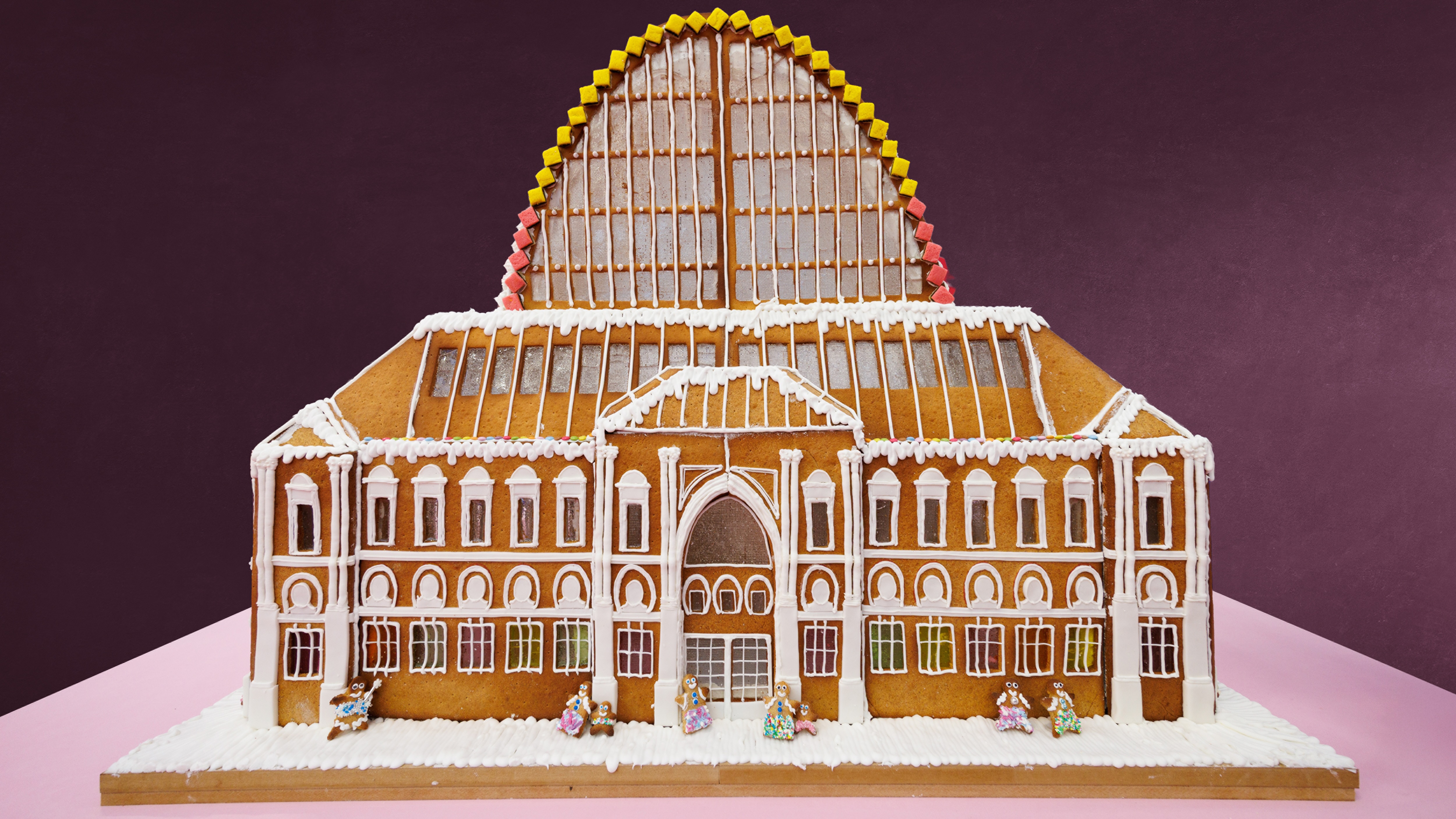 Sweet civilisation: What do you get when you ask architects to compete in a gingerbread competition?
Sweet civilisation: What do you get when you ask architects to compete in a gingerbread competition?The Gingerbread City is back in London’s Kings Cross. Lotte Brundle pays it a visit.
-
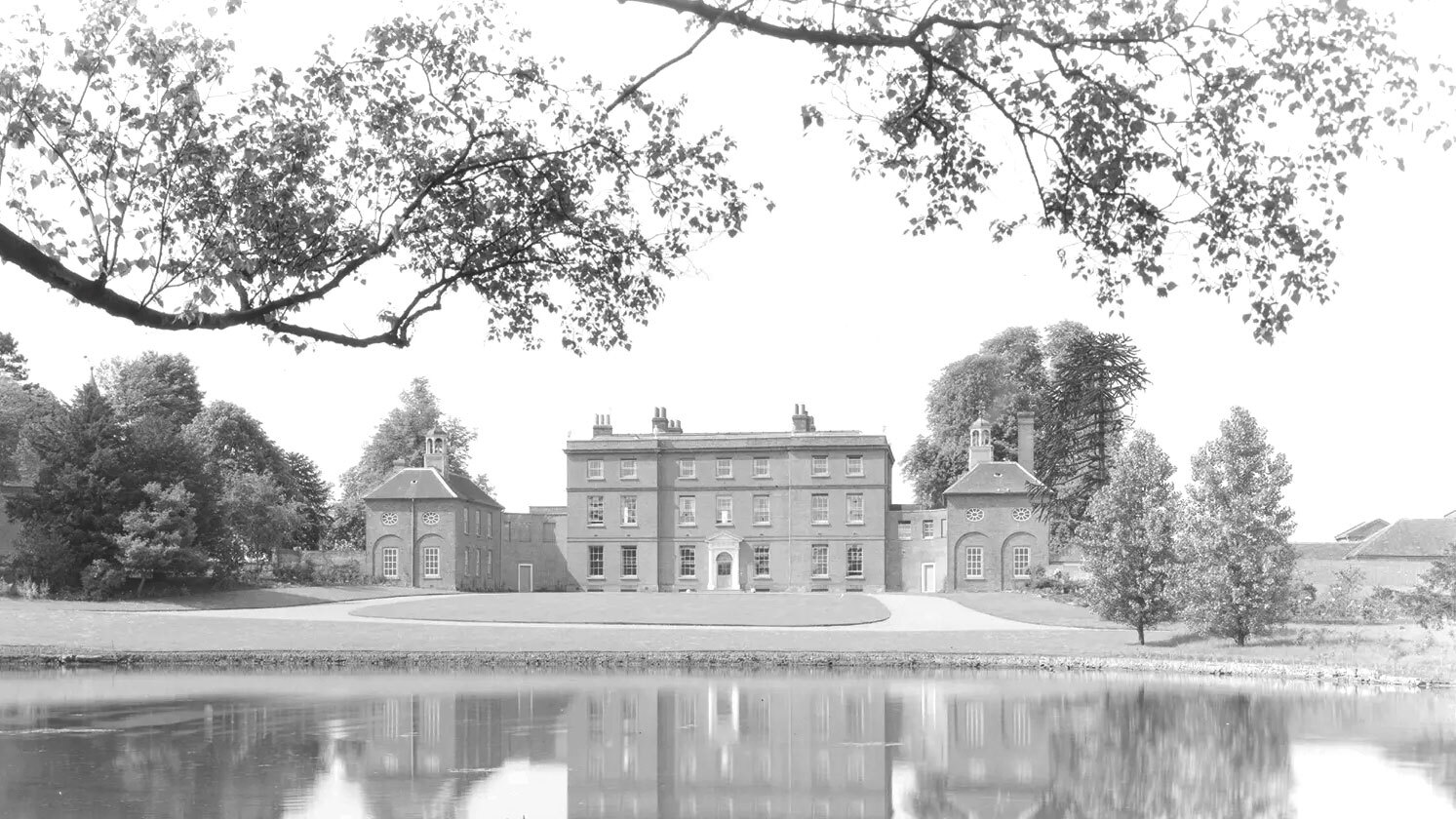 This Grade I Essex home was renovated by a Guinness and a notorious American diarist and photographed by Country Life — now it's a firm favourite with the fashion set
This Grade I Essex home was renovated by a Guinness and a notorious American diarist and photographed by Country Life — now it's a firm favourite with the fashion setKelvedon Hall was saved from demolition by Lady Honor Guinness and Henry 'Chips' Channon. Now it is the star of a Church's Christmas campaign.
-
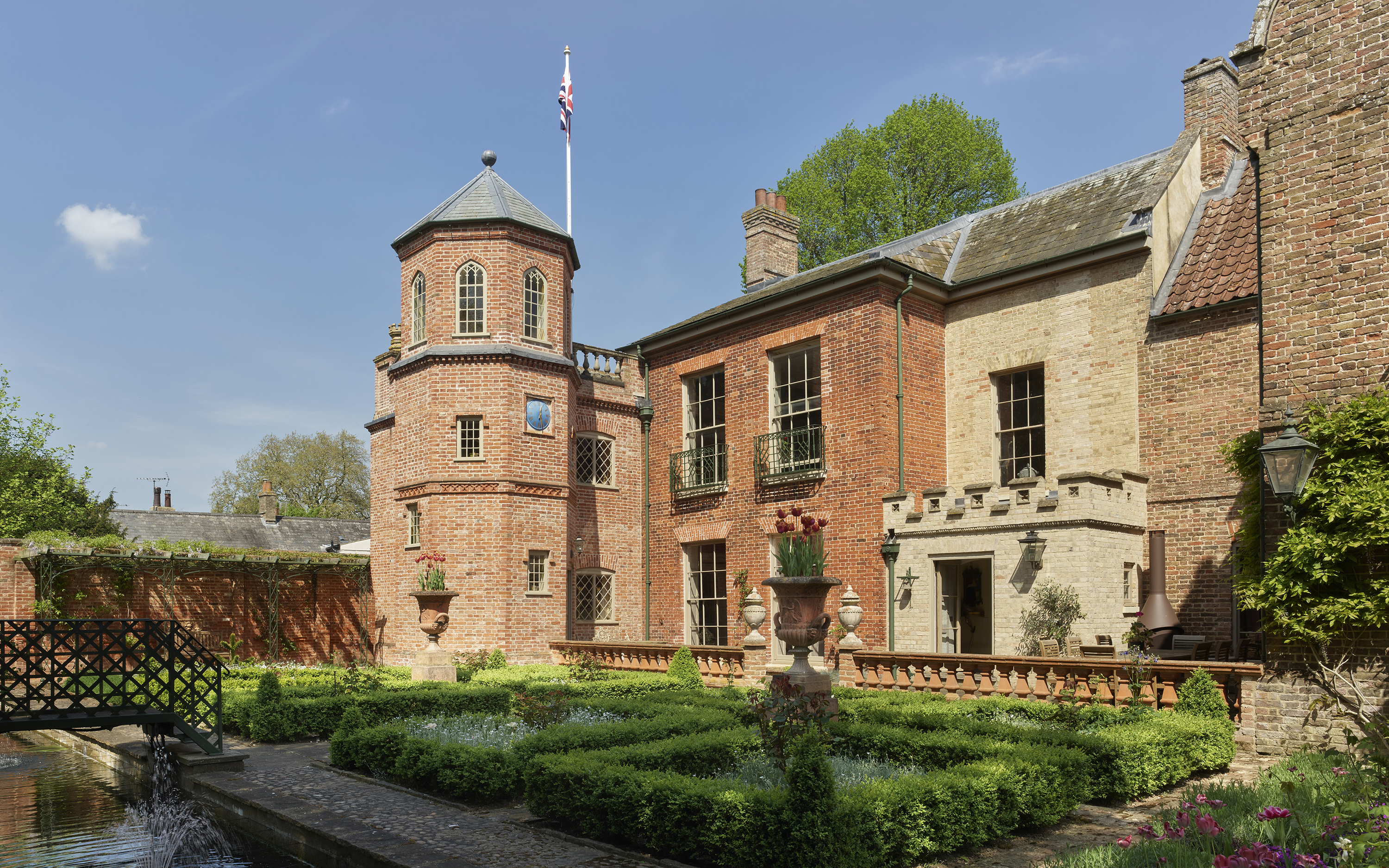 Northwold Manor: 'A place of delight once more after half a century of chaos and neglect'
Northwold Manor: 'A place of delight once more after half a century of chaos and neglect'A heroic restoration project has transformed Northwold Manor in Norfolk — home of Professor Warwick Rodwell and Ms Diane Gibbs — after more than 50 years of being left neglected. It has also illuminated its remarkable history, as John Goodall explains; photography by Paul Highnam for Country Life.
-
 53 years ago, a Wren masterpiece was replaced with a glorified roundabout. We must not make the same mistake again
53 years ago, a Wren masterpiece was replaced with a glorified roundabout. We must not make the same mistake againThe plans to rid Christ Church Newgate Street of traffic should be cause for celebration — but a mistake as bad as the one made in the 1970s is about to happen, says Ptolemy Dean.
-
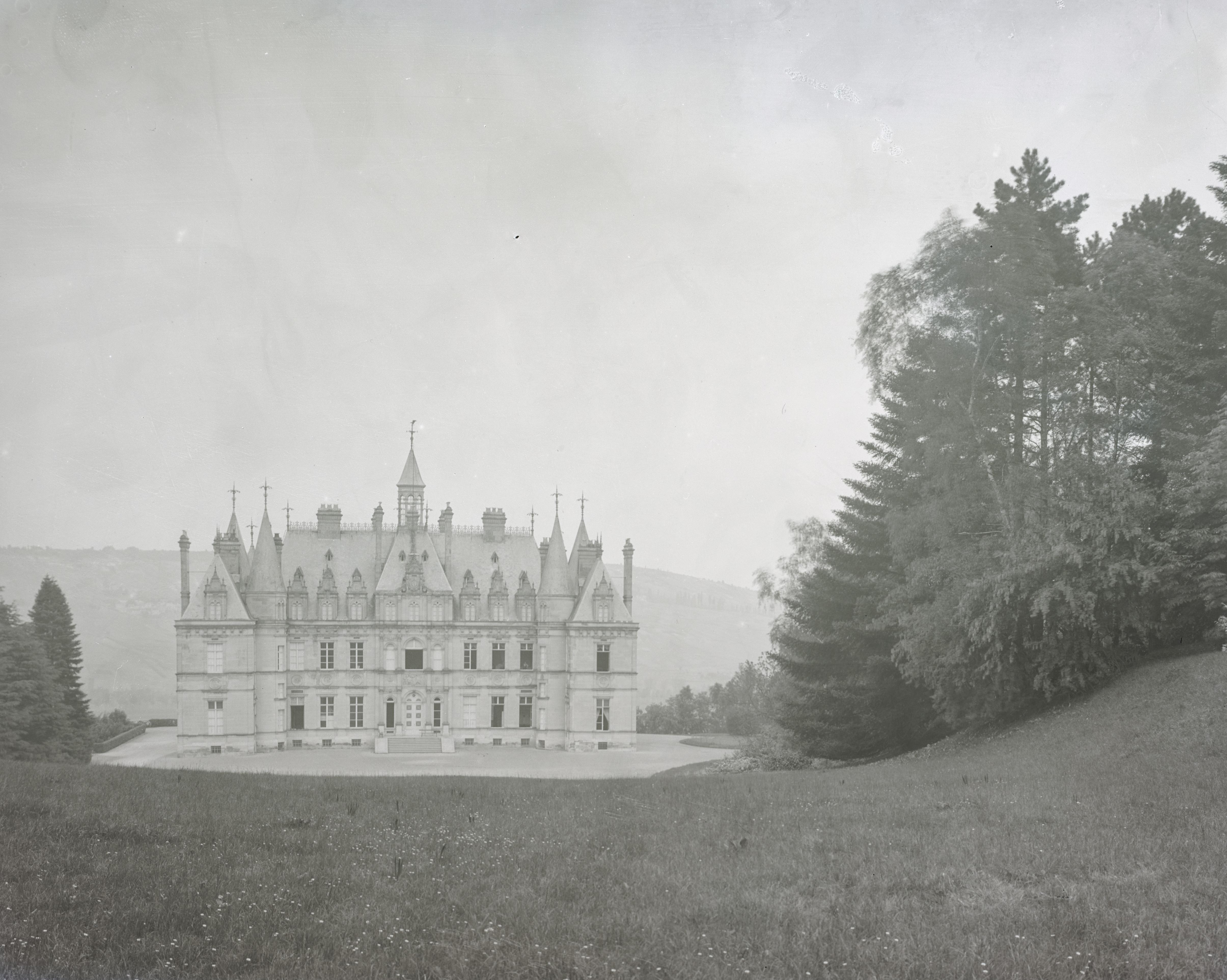 Ten of the most exquisite French châteaux, photographed for Country Life in 1906 and still standing today
Ten of the most exquisite French châteaux, photographed for Country Life in 1906 and still standing todayIn the early 20th century, Country Life commissioned Frederick H. Evans to photograph some of France's châteaux. Here are some of his efforts.
-
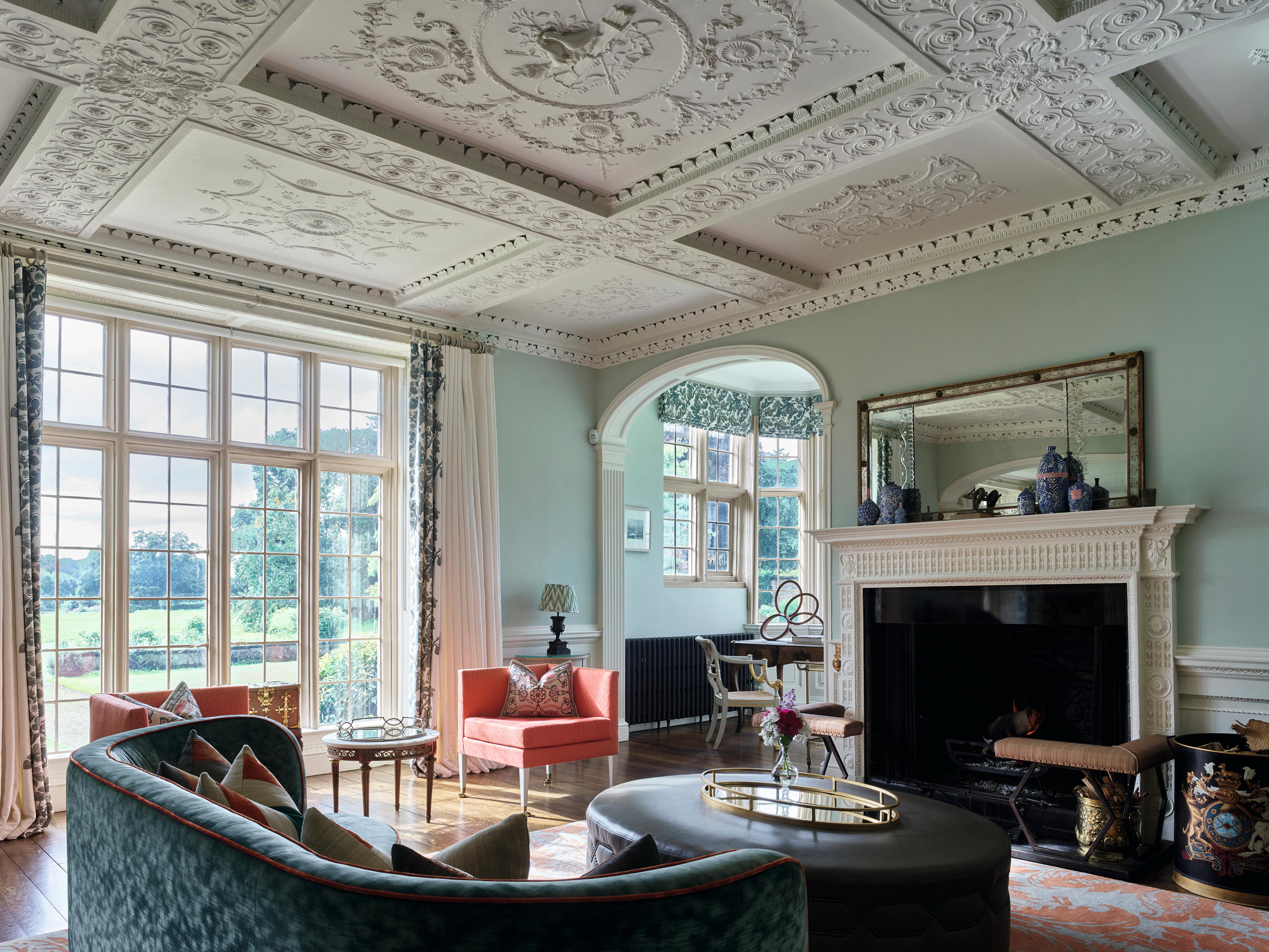 War, ruin and renaissance: Dorfold Hall's 400-year journey through the ages
War, ruin and renaissance: Dorfold Hall's 400-year journey through the agesJohn Goodall describes the antiquarian rediscovery of Dorfold Hall, Cheshire — home of Charles and Dr Candice Roundell — and the recent spectacular renewal of this important Jacobean house. Photographs by Paul Highnam for the Country Life Photo Library.
-
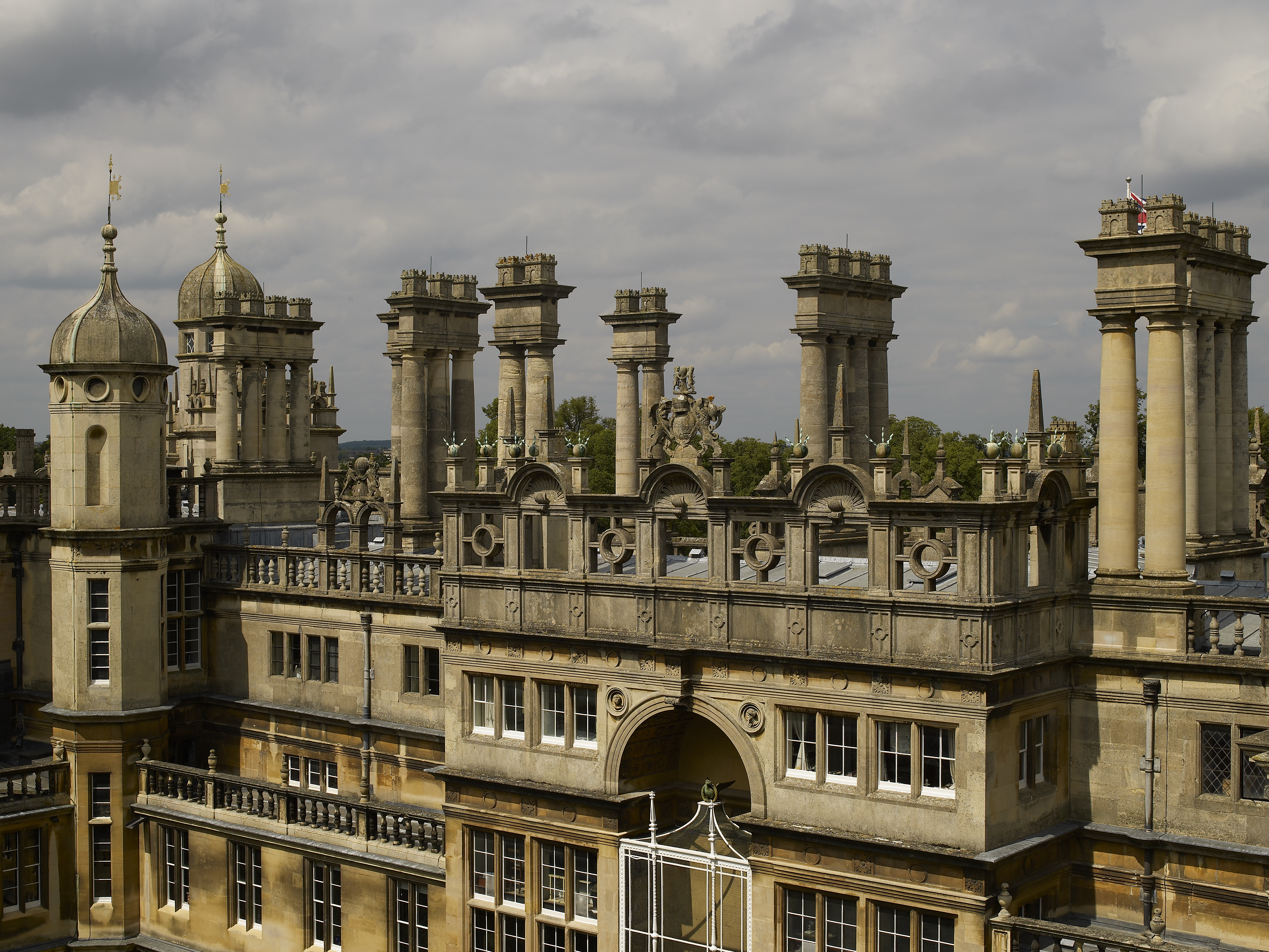 All fired up: 12 of our favourite chimneys, from grand architectural statements to modest brick stacks, as seen in Country Life
All fired up: 12 of our favourite chimneys, from grand architectural statements to modest brick stacks, as seen in Country LifeNothing says winter like a roaring fire, and plenty of the houses that we've photographed for the magazine's architectural places have fireplaces and chimneys worth boasting about.
-
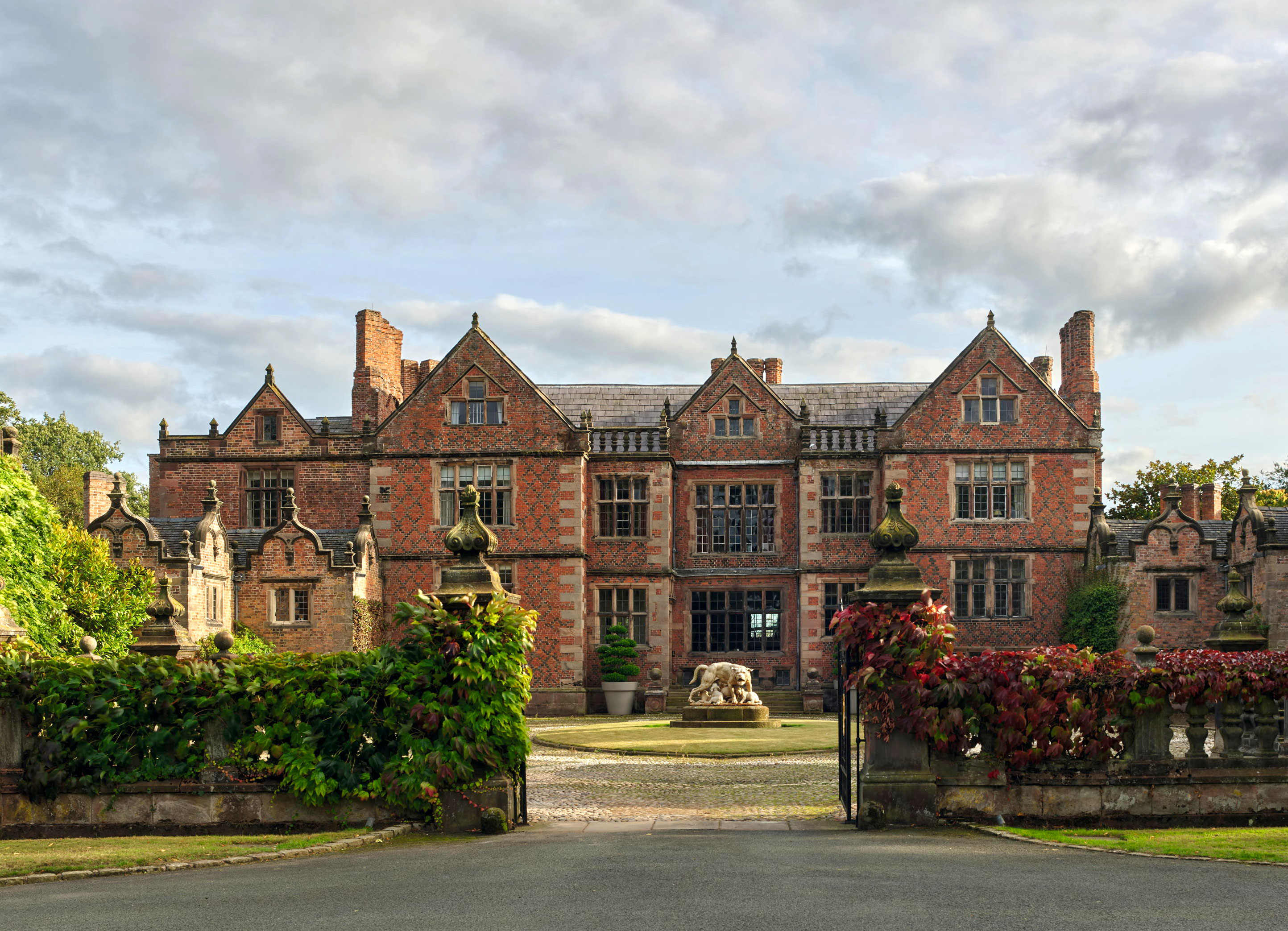 Dorfold Hall: The 'most neat and beautiful house of brick' that owes its existence to a desperate effort to secure succession
Dorfold Hall: The 'most neat and beautiful house of brick' that owes its existence to a desperate effort to secure successionDorfold Hall in Cheshire is an outstanding Jacobean house, but was an unexpected product of dynastic disappointment. John Goodall examines the remarkable circumstances of its construction; photographs by Paul Highnam for Country Life.
